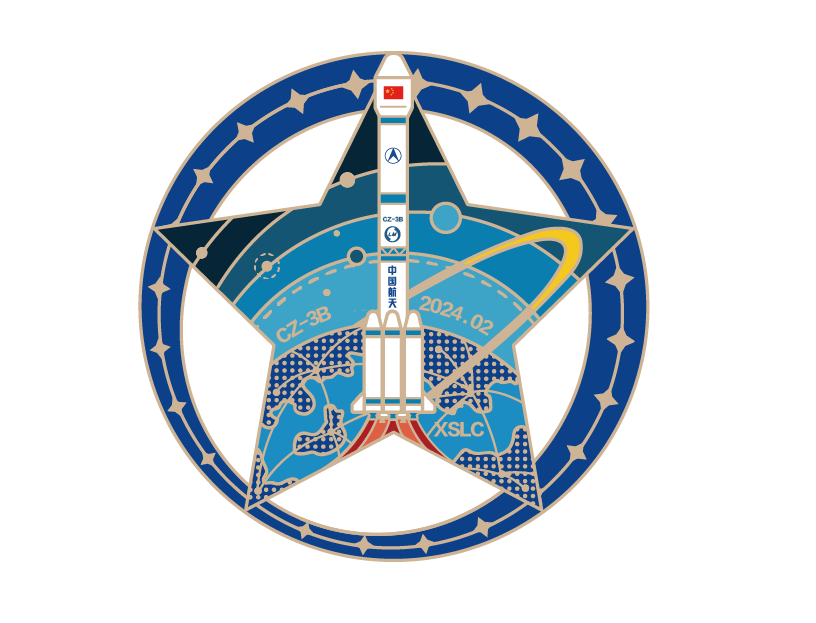Long March 3B/E Y95 Mission
This post was originally published on Ko-fi on the 29th of February 2024.
This post was originally published on Ko-fi on the 29th of February 2024.

Late on the 29th, a Long March 3B/E took off from the Xichang Satellite Launch Center headed towards a geostationary transfer orbit. The rocket was carrying the WHG-01 satellite.
The satellite is set to be part of the country's satellite internet infrastructure. As of writing, it's unclear if the satellite will maneuver itself into a higher orbit, like a geostationary or geosynchronous orbit.
I believe that the WHG-01 satellite is built by the China Academy of Space Technology on its DFH-4 Series platform. The DFH-4 platforms can weigh between 3,800 and 7,000 kilograms, which is within the Long March 3B/E's 5,500 kilograms payload capacity to geostationary transfer orbit.
China Academy of Space Technolgy's DFH-4 platform is designed for a throughput of two-hundred Gigabits per second at geostationary altitudes, as well as being designed to last fifteen years from entering operation. Currently, there are believed to be at least thirty DFH-4 satellite platforms in orbit.
The operator of the WHG-01 satellite is currently unknown but is likely to be a state-owned corporation.
This is the tenth launch of the year from China as it aims to hit one-hundred launches. The mission is also the five-hundred-and-tenth launch of a Long March rocket.
Long March 3B/E breakdown
The Long March 3B/E is part of the Long March 3 family of rockets, which is also part of the Long March series of rockets, and was originally based off of the Long March 3B rocket, which is now retired. The rocket has three stages fuelled by Dinitrogen Tetroxide, Unsymmetrical Dimethylhydrazine, Liquid Hydrogen, and Liquid Oxygen.

The Long March 3B/E can place up to 11,500 kilograms into low Earth orbit, 7,100 kilograms into sun-synchronous orbit, 5,500 kilograms into geostationary transfer orbit, or 2,000 kilograms directly into geostationary orbit.
The first stage is powered by four YF-21C engines burning Dinitrogen Tetroxide and Unsymmetrical Dimethylhydrazine for one-hundred and fifty-eight seconds. The first stage boosters are powered by one YF-25 engine each burning Dinitrogen Tetroxide and Unsymmetrical Dimethylhydrazine for one-hundred and forty seconds. The second stage is powered by one YF-22E and four YF-23F vernier engines burning Dinitrogen Tetroxide and Unsymmetrical Dimethylhydrazine for one-hundred and eighty-five seconds. The third stage is powered by two YF-75 engines burning Liquid Hydrogen and Liquid Oxygen for up to four-hundred and seventy-eight seconds. Specifics on thrust for the Long March 3B/E are speculative so I have not included them.
On the launch pad, the Long March 3B/E is 56.3 meters tall and weighs 458,970 kilograms when fully fuelled.



